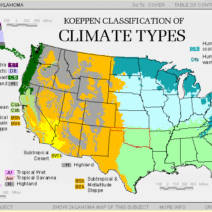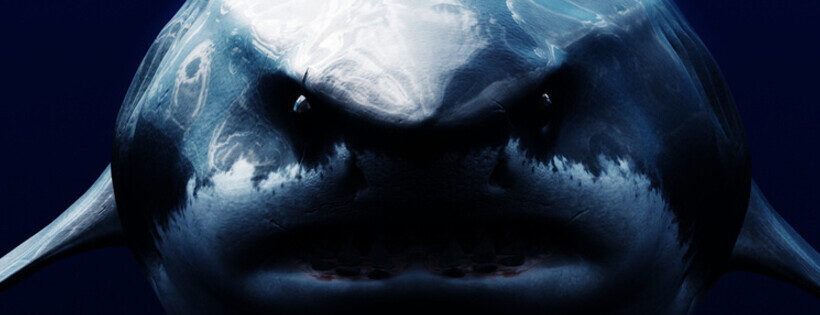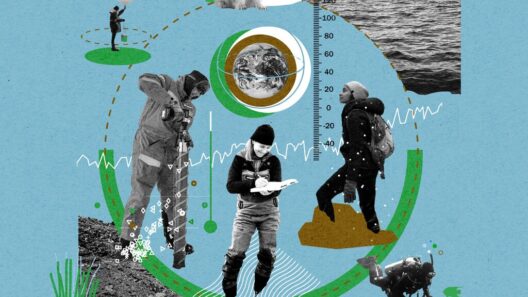The exploration of the depths of our oceans has always sparked curiosity and intrigue, particularly when it comes to the colossal Megalodon, a prehistoric shark that roamed the seas millions of years ago. However, imagining a return of this apex predator in the context of contemporary climate change might seem far-fetched, yet it raises a compelling question: Could global warming spawn a return of the Megalodon?
To understand this playful hypothesis, one must first delve into what the Megalodon truly represented. This massive creature is believed to have reached lengths of over 60 feet, wielding a ferocious jaw filled with teeth reminiscent of steak knives. The Megalodon played an integral role in the oceanic ecosystem, a sophisticated predator that influenced marine life balances. Now, the unfolding consequences of climate change are fundamentally altering oceanic environments, which beckons one to ponder: what happens if conditions became favorable for a Megalodon revival?
Climate change is currently manifesting through rising global temperatures, ocean acidification, and habitat degradation. These alterations are not merely inconveniences; rather, they pose existential threats to numerous species. Increased greenhouse gas emissions contribute to rising sea levels, which in turn devastate coastal ecosystems. The juxtaposition of this negative impact contrasts with the potential for certain species to adapt or even thrive in shifting conditions. The question arises: could the ongoing changes create a niche for a creature as formidable as the Megalodon?
Firstly, let’s consider the thermal dynamics of our oceans. The Megalodon thrived during the warmer climates of the Miocene and Pliocene epochs. With current projections indicating a steady increase in ocean temperatures, some argue that larger sharks might find renewed habitats in warmer waters. As nutrient-rich waters shift toward the poles, the availability of prey could expand, creating an environment conducive to lesser-known prehistoric species thriving once more. Could that mean the Megalodon might, in theory, adapt to today’s oceans?
However, this optimistic notion comes with a conundrum. While warmer waters may boost certain populations, the accompanying acidification—resulting from increased carbon dioxide absorption—could devastate the very ecosystems that sustain marine life. Coral reefs, for instance, are suffering from bleaching events, drastically reducing biodiversity upon which everything hinges. A healthy ecosystem is crucial for any apex predator, meaning that the Megalodon’s theoretical return would be inextricably linked to the overall marine health, which is currently on a alarming decline.
Furthermore, the existence of the Megalodon is speculated to have relied heavily on prey availability, particularly marine mammals. Today, many species of marine mammals are endangered or threatened due to human activities such as overfishing, plastic pollution, and habitat destruction. Even if the Megalodon were to somehow reemerge, it would require a robust food chain to support its immense appetite. Hence, sustainability becomes a critical focal point: if human behaviors remain unchanged, the very conditions needed to support a large predator might not materialize.
Additionally, while the concept of de-extinction has gained traction—propelled by innovations in genetic engineering and biotechnology—the Megalodon presents an enormous challenge. With no complete fossil record and no living relatives closely resembling it, recreating such a creature would be a monumental task, laden with ethical considerations and potential ecological ramifications. Introducing an apex predator into a modern ecosystem could unbalance existing food chains, potentially causing extinctions of species that cannot adapt quickly enough to new predation pressures.
One might also contemplate the effects of increased anthropogenic activities, such as shipping routes and marine resource exploitation, on the survivability of a Megalodon-like species. With more vessels plying through various marine environments, accidental encounters, entanglements, and habitat degradation could complicate the potential of a revived Megalodon overpowering its ecosystem. More thought-provoking is the question of whether society would welcome such a prehistoric survivor into our oceans or view it as a threat to the safety of our coastal endeavors.
Conjuring the Megalodon as a metaphorical specter for modern concerns amplifies the urgency surrounding climate change and its cascading impacts on marine ecosystems. The interactions between humans and wildlife are becoming increasingly fraught, threatening to erode both biodiversity and ecological integrity. It is imperative that we engage with this playful question—could global warming really facilitate the return of the Megalodon?—while remaining grounded in the sobering reality of our ecological legacy.
In conclusion, the mere contemplation of the Megalodon’s resurgence invokes a tapestry of scientific inquiry and environmental responsibility. While the hypothesis entertains a whimsical notion of prehistoric presence, it forces a critical examination of our current trajectory concerning climate change. The ecosystems of our oceans are intricate and fragile, and the reemergence of something as daunting as a Megalodon underscores the importance of addressing the ecological challenges we currently face. Hence, if our seas are to thrive—whether they support modern or prehistoric life—it is crucial to advocate for sustainable practices today, ensuring the resilience of marine ecosystems for generations to come.







